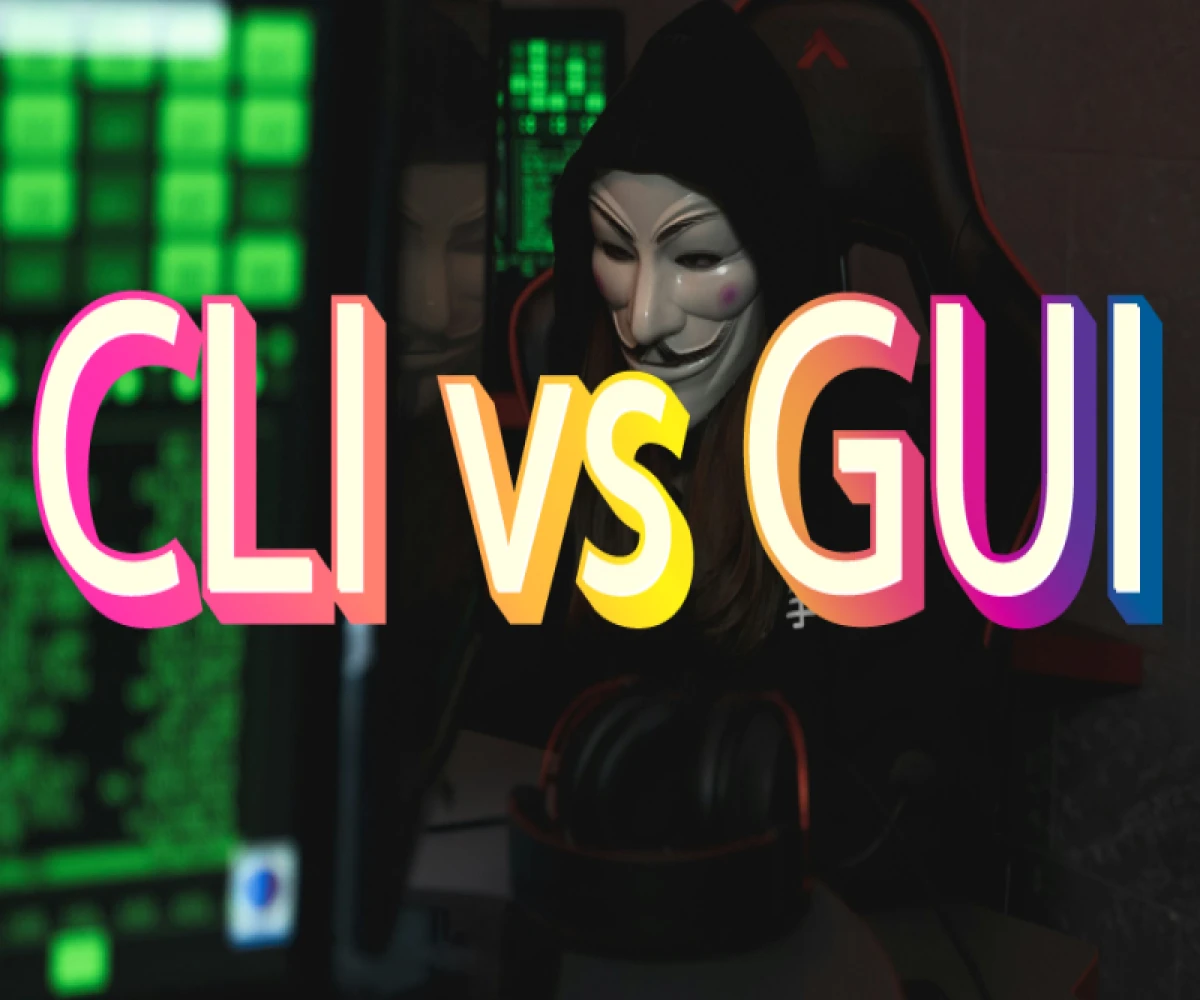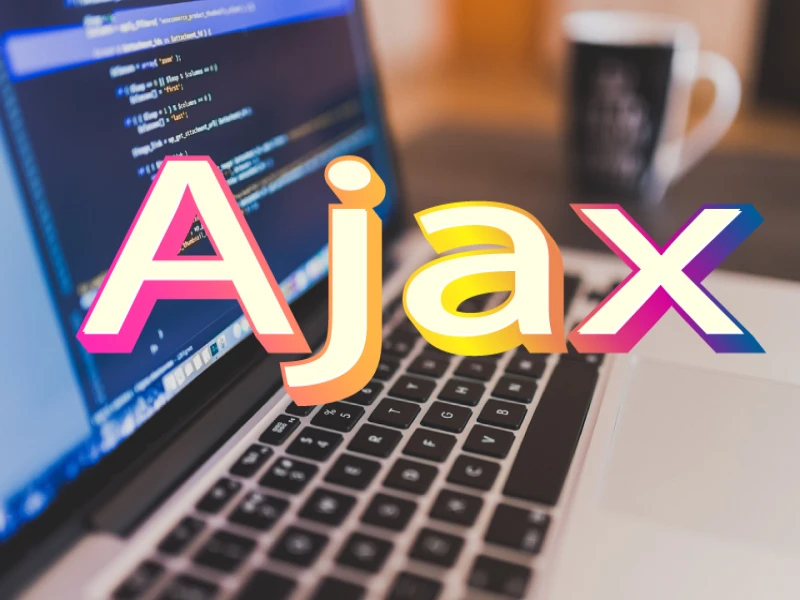
what is the diffrence between CLI and GUI ?
Demystifying the Duo: GUI vs. CLI in Windows and Linux
The world of computers interacts with us through two primary interfaces: the Graphical User Interface (GUI) and the Command Line Interface (CLI). While they seem like entirely different worlds, they work together to bring your computing experience to life, and understanding their relationship is key to navigating both Windows and Linux.
The Visual Charm of the GUI
Imagine your computer screen as a virtual desk. The GUI is like having folders, files, and applications laid out on that desk with clear labels and icons. You can interact with these elements using a mouse or touchpad, clicking, dragging, and dropping your way to completing tasks.
-
Strengths:
- User-friendly: Designed for intuitive interaction, even for beginners.
- Multitasking: Easy to switch between different programs and files.
- Visually appealing: Icons and menus make navigation clear.
-
Weaknesses:
- Limited control: May hide some advanced functionalities.
- Resource-intensive: Can slow down older machines.
The Power of the Command Line
The CLI, on the other hand, is like a direct conversation with your computer. You type specific commands to instruct the system what to do. It might seem intimidating at first, but it offers a powerful and efficient way to interact with your machine.
-
Strengths:
- Granular control: Allows for precise manipulation of files and system settings.
- Automation: Scripting commands can automate repetitive tasks.
- Efficient: Less resource-intensive and can be faster for experienced users.
-
Weaknesses:
- Learning curve: Requires knowledge of specific commands and syntax.
- Error-prone: Typos can lead to unintended consequences.
- Limited visual feedback: Everything is displayed in text.
The Dynamic Duo in Windows and Linux
Both Windows and Linux offer a GUI experience. Windows, for example, uses the familiar desktop environment with icons, folders, and a taskbar. Linux distributions come with various GUI options, providing a user-friendly experience similar to Windows.
However, Linux is often known for its strong CLI foundation. The terminal, or command prompt, is a core component of Linux, and many experienced users rely on it for efficiency. Windows also offers Command Prompt, a powerful tool for advanced users and system administrators.
Understanding the Relationship
The GUI and CLI are not rivals; they complement each other. The GUI is excellent for everyday tasks and navigating the system visually. The CLI shines for automation, advanced tasks, and situations where precise control is needed.
Many power users leverage both interfaces. For instance, you might use the GUI to browse the web and then switch to the CLI to download files from the internet efficiently.
Taking the First Steps
If you're new to the CLI, don't be discouraged! Many resources are available online and within your operating system to help you learn basic commands. Start with simple tasks and gradually build your confidence.
The Takeaway
The GUI and CLI are two sides of the same coin, offering different ways to interact with your computer. By understanding their strengths and weaknesses, you can leverage both interfaces to become a more effective and informed computer user in Windows or Linux.


